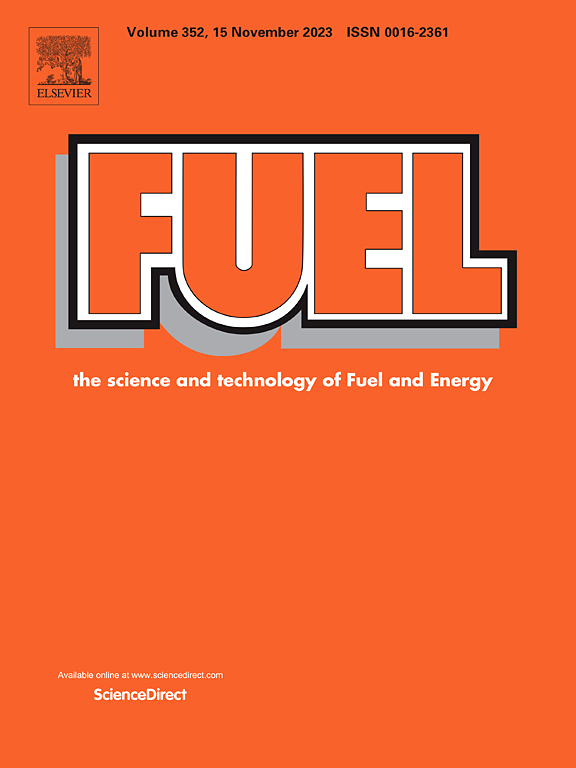Smooth charge transfer at the Ag2MoO4/Mn-Fe PBAs S-scheme interface for photo-driven CO2 reduction
IF 6.7
1区 工程技术
Q2 ENERGY & FUELS
引用次数: 0
Abstract
Photocatalysis exhibits great potential for applications in solving energy and environmental problems, and has received widespread attention. This article constructs a new type of Mn-Fe Prussian blue analogues S-scheme mechanism photocatalytic material. The material is composed of oxidized photocatalysts (Ag2MoO4) and reduced photocatalysts (Mn-Fe PBAs). The composite photocatalyst constructed in this way shows advantages such as a wide spectral response range, high charge carrier separation efficiency, and strong oxidation–reduction ability, which can significantly enhance photocatalytic efficiency. By studying the construction method and CO2 reduction performance of the photocatalyst, the structure-performance relationship can be clarified. The CO production rate is 43.3 μmol/g/h, and the selectivity can reach 94.9 %, which is far superior to the current mainstream photocatalytic system. The electron transfer kinetics and S-scheme charge separation mechanism between the Mn-Fe PBAs and Ag2MoO4 interfaces are explained by steady-state surface photovoltage spectroscopy (SS-SPS) and near ambient pressure XPS (NAP-XPS). In-situ DRIFTS techniques are used to monitor the changes of transition intermediates, and combined with theoretical calculations, the activation mechanism of CO2 by the Mn-Fe catalytic site is deeply revealed at the atomic level. This study provides new theoretical guidance and profound insights for the construction of Prussian blue analogues photocatalysts.
求助全文
约1分钟内获得全文
求助全文
来源期刊

Fuel
工程技术-工程:化工
CiteScore
12.80
自引率
20.30%
发文量
3506
审稿时长
64 days
期刊介绍:
The exploration of energy sources remains a critical matter of study. For the past nine decades, fuel has consistently held the forefront in primary research efforts within the field of energy science. This area of investigation encompasses a wide range of subjects, with a particular emphasis on emerging concerns like environmental factors and pollution.
 求助内容:
求助内容: 应助结果提醒方式:
应助结果提醒方式:


